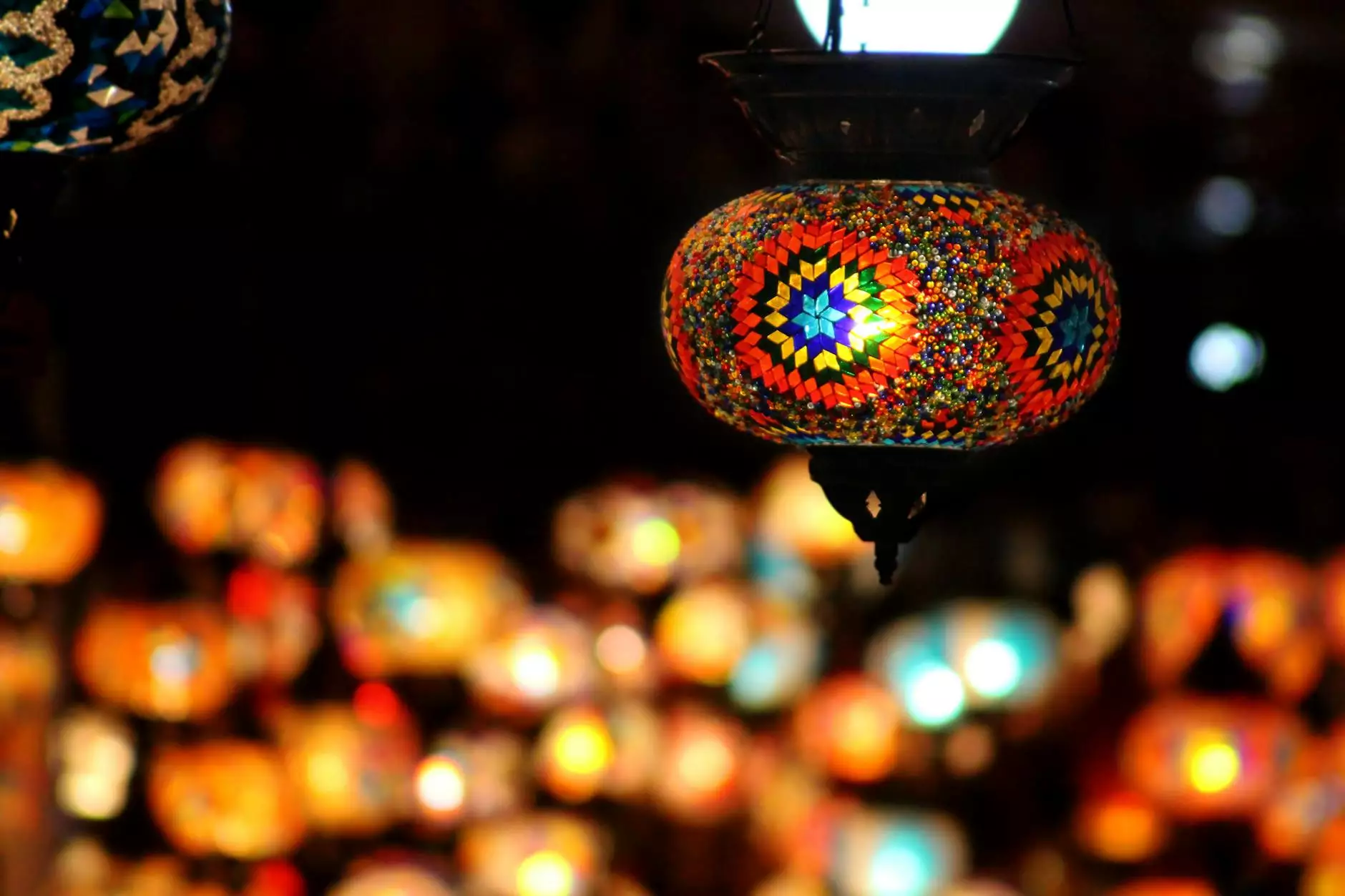The Illuminating World of Famous Artists Using Light

Light is more than just a source of illumination; it is a powerful artistic medium that has been used by many famous artists throughout history to create breathtaking works of art. The manipulation of light can change perceptions, enhance emotions, and bring life to a canvas. In this article, we delve into the fascinating domain of famous artists using light, exploring their techniques and the impact of their work on the art world.
The Significance of Light in Art
Light plays a crucial role in how we perceive art. It can set the mood, accentuate colors, and influence the viewer's emotional response. The way that light interacts with different materials can transform a simple artwork into a magnificent masterpiece.
1. Understanding Light as a Medium
Artists have long understood that light is not merely functional; it is a medium of expression. Here are some ways that light has been utilized in the artistic process:
- Illumination: The use of light to highlight specific features of a work.
- Color Manipulation: Different light sources can alter the perception of colors, giving them different emotional weights.
- Shadow Play: The interplay of light and shadow can create depth and intrigue.
- Dynamic Effects: Changing light conditions can alter the appearance of a piece over time, inviting viewers to experience art in different ways.
Famous Artists Who Mastered the Use of Light
Many renowned artists have harnessed the power of light to leave a lasting impact on the art world. Below, we explore some of these influential figures.
2. Claude Monet: The Innovator of Impressionism
As one of the leading figures of the Impressionist movement, Claude Monet was best known for his extraordinary ability to capture light. Monet’s series of paintings, such as "Water Lilies" and "Impression, Sunrise," showcase his revolutionary approach to light and color. By painting the same scene at different times of the day, he demonstrated how light could alter perception, inviting the viewer to appreciate the ever-changing aspects of nature.
3. J.M.W. Turner: The Master of Atmospheric Effects
Joseph Mallord William Turner (commonly known as J.M.W. Turner) was an English Romantic painter whose works often featured tumultuous seas and dramatic skies. He utilized light to convey emotions and experiences, often blurring the lines between reality and imagination. His painting "The Fighting Temeraire" exemplifies his genius in using light to evoke nostalgia and the passage of time.
4. Vincent van Gogh: The Emotional Power of Light
Vincent van Gogh is celebrated for his expressive use of color and light, which conveyed deep emotions. His iconic work, "Starry Night," utilizes swirling skies and bright stars that illuminate the night canvas. Van Gogh’s innovative and textured brushwork imbues the painting with energy and movement, emphasizing how light can inspire and uplift.
5. James Turrell: The Sculptor of Light
James Turrell takes the concept of light into the realm of three-dimensional art. His installations use light as the primary medium, manipulating it to change perceptions of space and form. Works like "Roden Crater" invite viewers to engage with light in a profound way, making them aware of their surroundings and drawing them into a contemplative experience.
Techniques of Famous Artists Using Light
Artists employ various techniques to manipulate light within their works. Understanding these techniques can enhance our appreciation of how light affects art.
6. Chiaroscuro: The Contrast of Light and Shadow
Chiaroscuro is a technique that utilizes strong contrasts between light and dark. This method was popularized during the Renaissance by artists like Caravaggio, who created dramatic compositions that drew the viewer's attention to specific areas of the painting. The effects of chiaroscuro evoke emotions and provide a sense of volume and space, leading to a more immersive visual experience.
7. Tenebrism: The Enhancement of Mood Through Light
Tenebrism amplifies the chiaroscuro technique by using a single light source to illuminate the subject against a dark background. This creates a dramatic and emotional atmosphere, as seen in the works of Caravaggio and later artists such as Rembrandt. Tenebrism captures the viewer's attention, drawing them into the emotional core of the artwork.
8. Light Projection: The Modern Approach
In contemporary art, the use of light projection has become increasingly popular. Artists like Olafur Eliasson and Jenny Holzer create installations where light becomes an integral part of the artwork. These immersive experiences challenge our perception of space, often encouraging interaction and engagement from the audience.
The Influence of Technology on Artists Using Light
The advent of technology has dramatically changed how artists use light in their work. Digital art, video installations, and immersive environments have opened new avenues for artistic expression. Artists can now manipulate light in ways that were previously unimaginable.
9. Digital Media: Redefining Artistic Boundaries
With the rise of digital media, creators can manipulate light through software programs that allow for complex visual effects. Digital artists can simulate light, producing stunning visuals that often challenge the boundaries between reality and illusion.
10. Virtual Reality: Immersive Environments
Virtual reality (VR) technology allows artists to create fully immersive environments where light plays a crucial role in the experience. Viewers can explore virtual spaces that respond to their movements, with light dynamically changing to enhance their journey. This merges art, technology, and viewer interaction in an unprecedented way.
Conclusion: The Ever-Evolving Dance of Light and Art
The journey of exploring famous artists using light reveals a profound relationship between illumination and creative expression. From the chiaroscuro of the Renaissance to the immersive experiences of contemporary art, light has continually shaped our visual and emotional connection to art. As technology evolves, so too does the potential for light as a medium, promising an exciting future for artists and viewers alike.
As we reflect on the works of these famous artists, we can appreciate how light not only adorns our surroundings but also enriches our experience, illuminating both the canvas and our emotional landscape.
Discover More
If you're intrigued by the role of light in art, be sure to visit Grimanesa Amoros, where you can explore stunning installations that highlight the interplay between art and light in a captivating way. Immerse yourself in a world where creativity shines bright!








